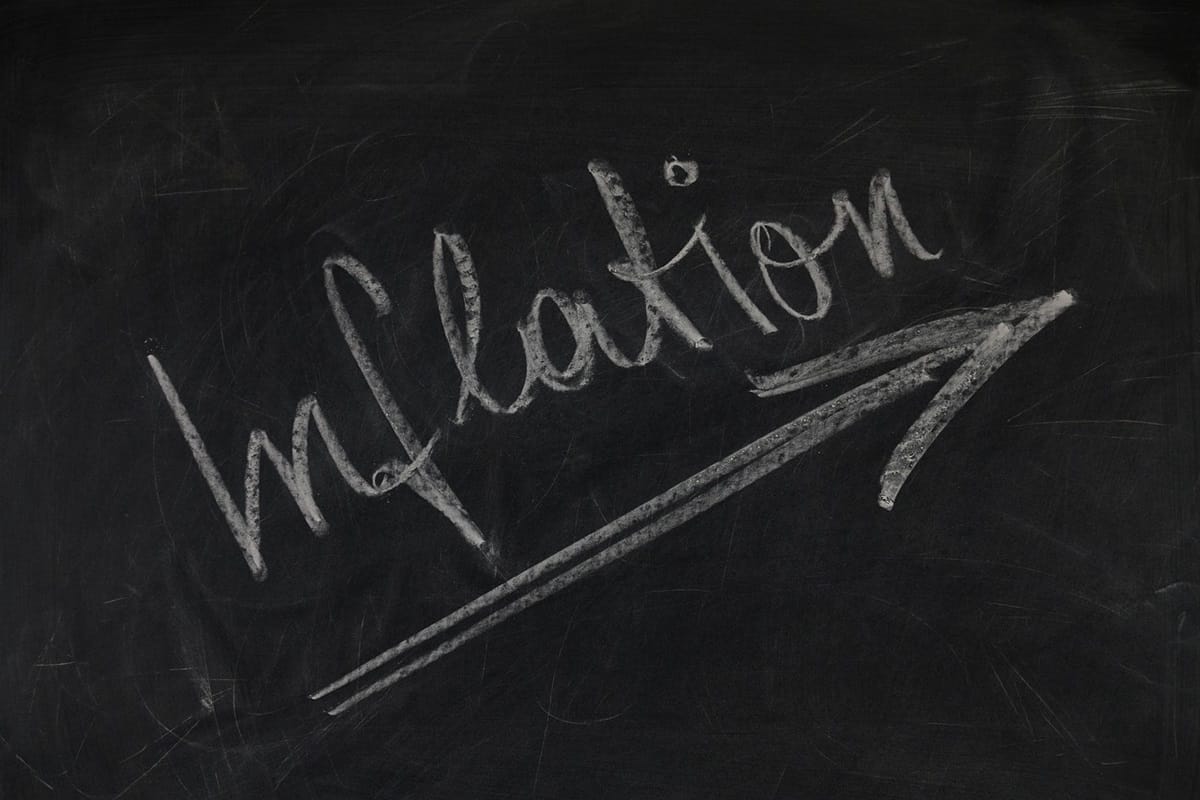Federal Reserve Chairman Jerome Powell said last Monday, July 15, that three inflation readings in the United States for the second quarter of the current year to a certain extent contribute to strengthening confidence that the growth rate of the cost of goods and services is on a trajectory of a gradual return to the US financial regulator’s target of 2%.

The mentioned statement was made at an event at the Economic Club of Washington. The chairman of the Fed also noted that the current dynamic of the inflationary process indicates that, perhaps, the probability of starting to ease the monetary policy of the financial regulator of the United States is a prospect for the foreseeable future. In this case, it is also assumed that the US bank will start lowering the cost of borrowing. At the same time, easing the monetary policy of the financial regulator of the United States until the end of the current year is not a guaranteed scenario for its actions, although the level of realism of the materialization of the corresponding likelihood, in this case, is high. Recently, the opinion has been spreading among experts and investors that the Fed may cut rates two or even three times in the second half of 2024. In this case, one lowering of the cost of borrowing is something like the average scenario. The adoption of two or three similar decisions by the central bank of the United States before the end of the current year belongs to the category of optimistic and still viable assumptions.
In the US, consumer prices increased by 2.1% year-on-year in the second quarter of the current year. It is worth noting that this indicator does not take into account the volatile cost of food and energy components. Also the mentioned figure, as a rule, exceeds the price index for personal consumer spending which is a kind of guideline for the central bank of the United States. Data on the specified index for June will be published next week.
At an event in Washington, Jerome Powell reiterated that the financial regulator of the United States does not perceive it as an appropriate decision to proceed with monetary policy easing measures without first receiving information sufficient to form a high level of confidence that the inflation process is on a trajectory of steady movement towards the 2% target. In this context, he noted that in the first quarter of the current year, officials of the US central bank did not record signs of the mentioned vector in the context of the dynamic of growth in the cost of goods and services. Against this background, the Fed was unable to increase its confidence that the movement of the inflation process toward the target is sustainable. Jerome Powell said that three reports on the dynamic prices in the United States in the second quarter of the current year contributed to some degree to confidence growth.
The US Labor Department reported last week that the consumer price index showed a decrease in June compared with the results recorded in May. It is worth noting that the corresponding monthly indicator was on a downward trajectory for the first time in four years. The unequivocal fact is that the mentioned data indicate positive changes in the dynamic of the inflationary process. The consumer price index for June fell by 0.1%. In this case, it means a comparison with the indicator for May. On an annual basis, the consumer price index increased by 3%.
In the context of the assessment of the economic situation by officials of the central bank of the United States, the producer price index is also of particular importance. In June, the corresponding indicator increased by 0.2% compared to the result recorded in May. On an annual basis, the mentioned index showed a growth of 2.6%. Experts say that this indicator, which the Fed uses to determine the target inflation rate, indicates that annual price growth is approaching the target level of 2%.
Jerome Powell, in the context of describing the current circumstances and facts that form the present configuration of the state of affairs in the space of the economic system of the United States, speaks about the situation of returning to balance. In this case, it should be clarified that the specified balance sheet can provide a stable vector of the dynamic of the inflationary process towards the target of the US financial regulator and provide the central bank with more opportunities to protect the goals set by Congress in the area of full employment.
At an event in Washington, Jerome Powell said that the current state of affairs that is observed in the United States labor market has no signs of slack. Also in this context, he noted that the unemployment rate in the US, at 4.1%, is only one-tenth of a percentage point lower than the median view of Fed officials about what is full-time employment in an inflationary environment of 2%.
Jerome Powell, drawing attention to the fact that inflation in the United States currently stands at 2.5%, said that a decrease in the corresponding indicator from the peak level without a rapid increase in unemployment is in defiance of a lot of conventional wisdom.
At an event in Washington, the head of the central bank of the United States said that he intends to serve out his full term in the current position. It is worth noting that the mentioned deadline ends in 2026. At the same time, Jerome Powell did not answer the question of whether he would remain as chair if tapped by the next president. His speech in Washington will probably be the last before the press conference following the Fed meeting scheduled for July 30-31.
Fed governors Christopher Waller and Adriana Kugler and other officials of the central bank of the United States will also make comments this week. These statements will allow analysts to form a more or less reliable idea of what position the US financial regulator adheres to in the context of an approach to monetary policy easing. Also, the mentioned statements are likely to reflect how the Fed evaluates the current state of affairs in the space of the United States economic system and the prospects for the subsequent dynamic of the corresponding situation.
At the same time, it is worth noting that the approximation of the inflation indicator to the target level of the US central bank is not perceived by everyone as an unambiguously positive process, and is not associated with any negative circumstances or consequences. In the United States, there is currently a growing concern among policymakers about the excessive slowdown in the economy and unemployment, which is on an upward trajectory. It is worth mentioning that in June, the unemployment rate in the US rose to 4.1%. This figure is the highest in the last two and a half years.
Most investors are of the opinion that the US central bank will begin to ease monetary policy in September. The Fed’s July statement, which is still expected, is highly likely to signal the implementation of the mentioned actions of the financial regulator of the United States. At the same time, the mentioned statement is likely to answer the question of whether the US central bank agrees with the statement that the outbreak of inflation recorded during the peak period of the coronavirus pandemic has subsided.
In March 2022, the central bank of the United States began implementing a strategy of aggressively raising interest rates. The corresponding monetary policy concept was aimed at countering inflation, which at that time turned out to be the highest since the late 1980s. Since July last year, the central bank of the United States has not changed its benchmark policy rate. The corresponding indicator is in a range from 5.25% to 5.50%.
In Washington, Jerome Powell said that financial markets had all but abandoned rising bets on lowering borrowing costs in July. Traders continue to expect the United States financial regulator to begin easing monetary policy in September. Also, in their opinion, the Fed will continue to lower the cost of borrowing in November and December. In this case, two interest rate cuts are implied. They expect that by the end of the current year, the cost of borrowing will be around 4.5%.









